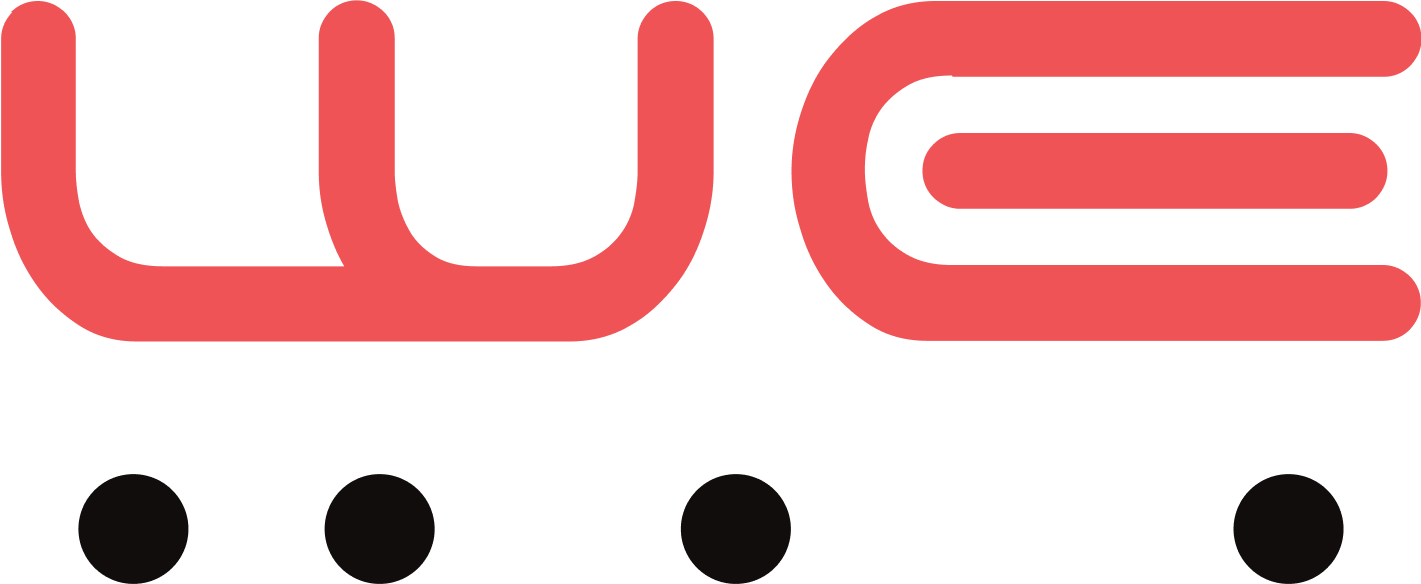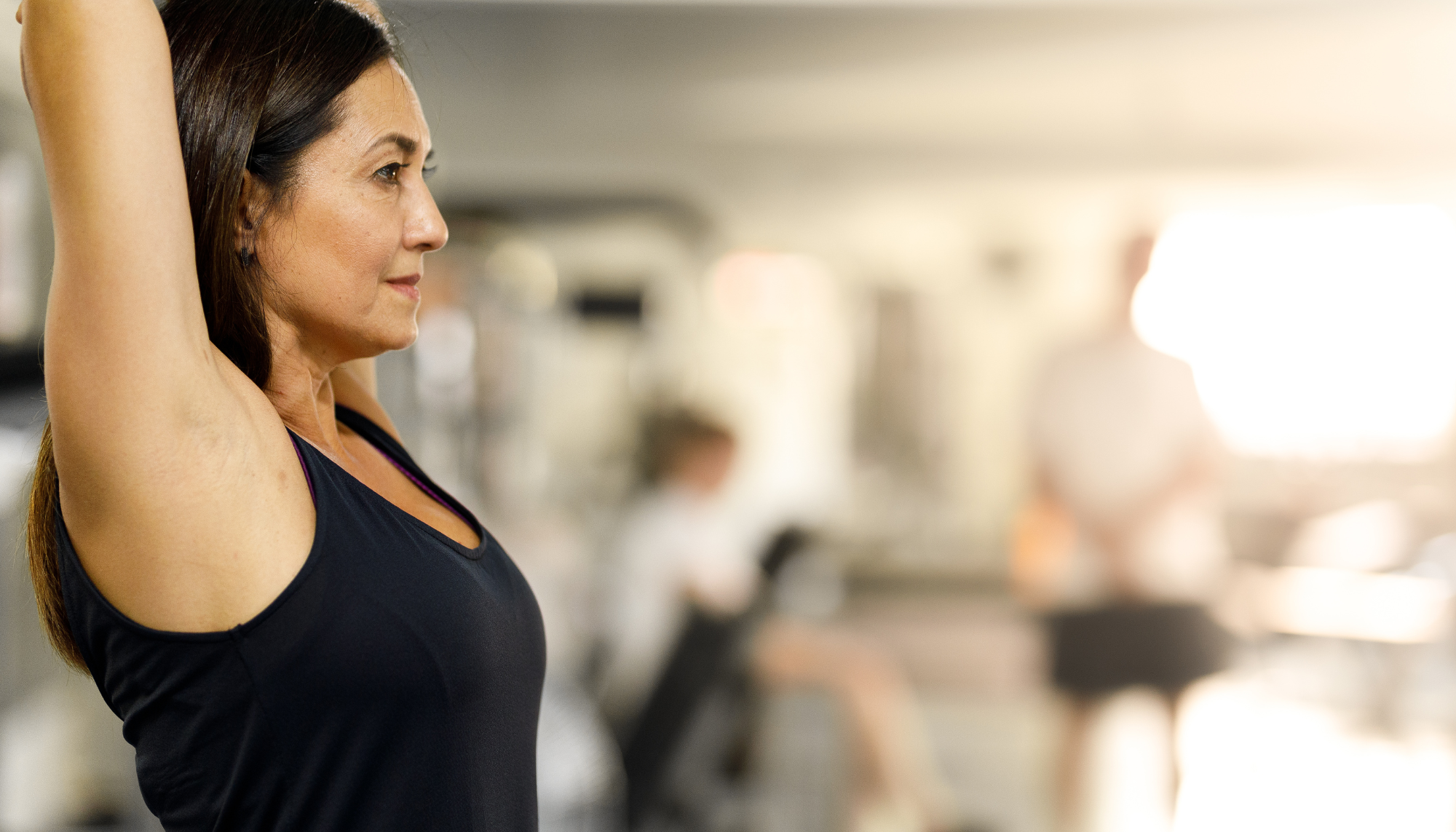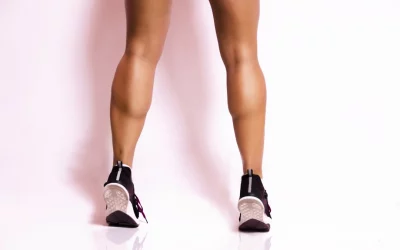As we learn more about fitness and mobility, it’s common to start hearing about the different types of accessible movement, from yoga to tai chi, Pilates, stretching, and more. WeStretch is a great entryway into movement, with simple stretches designed specifically for you, focusing primarily on active and static stretching.
What is static stretching?
Static stretching is the most commonly known form of stretching. This is typically where you hold a stretch to lengthen and relax tight muscles.
Static stretching is best for active recovery after exercise, as it allows your muscles to return to a pre-workout state, flushing the lactic acid out and cooling down efficiently.
The other benefit of static stretching is the ability to recover from injuries. It relieves tension and improves blood flow through areas of pain, while not pushing your body beyond what it can handle.
What is active stretching?
Active or dynamic stretching utilizes continuous movement through a specific range of motion. An example of this would be circling your arms forward or swinging your leg side to side. You’re stretching many different muscles and joints, which improves circulation throughout your body.
Active stretching is great as a warm-up before starting exercise, as it increases your body temperature and primes your body for physical activity.
Does WeStretch use active or static stretching?
WeStretch uses both static and active stretching. This combination of different types of stretches efficiently moves every joint in every direction to increase flexibility and mobility. What type of stretch you use will also depend on the type of stretching routine you choose.
The sport improvement routines are focused on longer-held static stretches, as this elongates the target muscles and allows them to relax into the stretch, promoting flexibility. Warm-up routines have a mix of short-held static stretches and active movements. This allows each joint to move through its complete range of motion, which reduces the risk of injury.
Stretch for free with our desktop browser app– no download required!
Are there other stretching techniques out there?
Yes, however, the other stretching styles should be executed with care and under professional supervision.
Ballistic stretching involves bouncing in a stretch, often moving past your body’s built-in defense injury prevention. The motion goes beyond what is safe for your body and can cause damage to your muscles. Many dancers use ballistic stretching as a warm-up, as many of their poses involve similar actions.
There are also proprioceptive neuromuscular facilitation (PNF) and loaded progressive stretching (LPS) which are useful for enhanced stretching techniques but should be done with extreme caution.
PNF is a type of stretching that involves someone or something holding a limb immobile while stretching a specific muscle. This is one of the types of treatment offered by chiropractic care or similar types of physical therapy.
LPS is adding a weight to increase the tension of your stretch, which is great for building muscle during your stretching session. While this can expedite results, an improper stretching technique can cause more damage than good, especially if done while unsupervised. Work to build up to LPS by focusing on fundamental strength stretches with WeStretch such as planks, lunges, and even holding your arms out to the side.
Why should I stretch?
Everyone, young and old, should incorporate stretching into their daily routine. Start by doing morning stretches or relieving tension in your muscles before bed.
Stretching helps to prevent injury, increases your range of motion, boosts energy, and can help to improve your mental health. It is an accessible exercise that everyone can do, regardless of fitness level, including people with disabilities.
If you’re new to exercise, stretching is a great starting place on the journey to improving your physical health. Even if you’re a professional athlete, regular stretching can improve your sports performance and expedite muscle recovery times in between sessions.
Regular stretching can also mitigate the need for painkillers, and reduce the frequency of physical therapy appointments. Combine regular active and static stretching routines into your day to find yourself moving and feeling better!
Download WeStretch from the App Store and Google Play to get stretching for free!
Any links included are for reference, additional information, or entertainment value only, without monetary compensation. Contact us on social media or at [email protected]. Photos courtesy of Unsplash.
This article is not intended to act as or replace medical advice. Please talk to your healthcare practitioner if you have any concerns.
Written by Kayla Willsey






